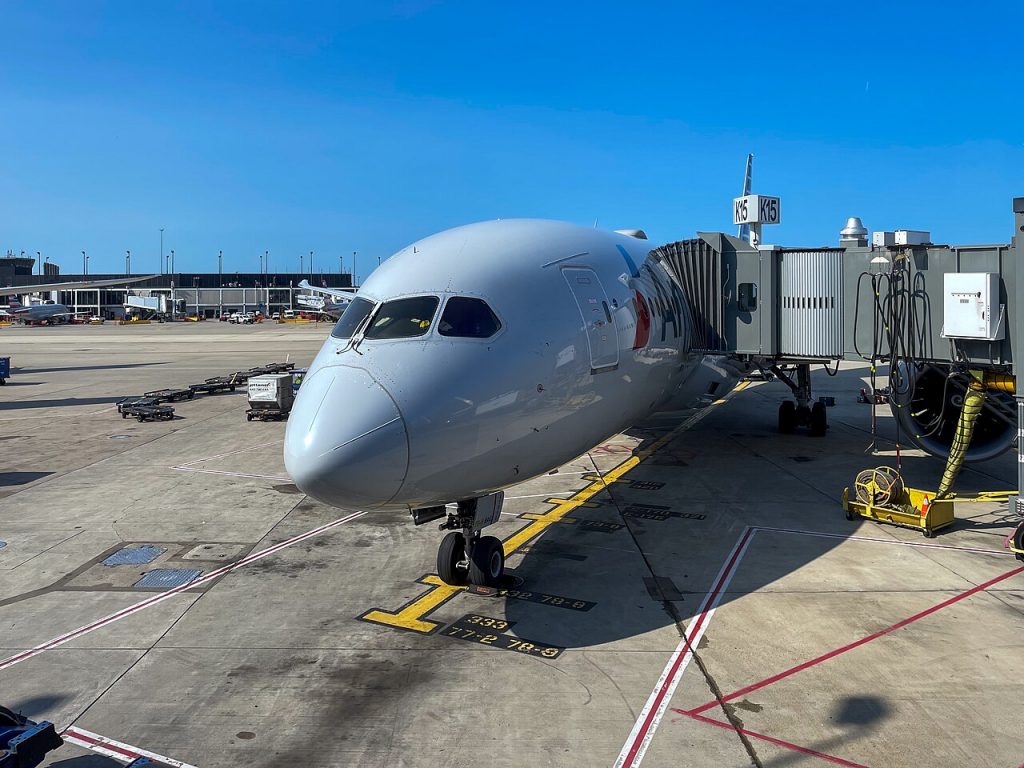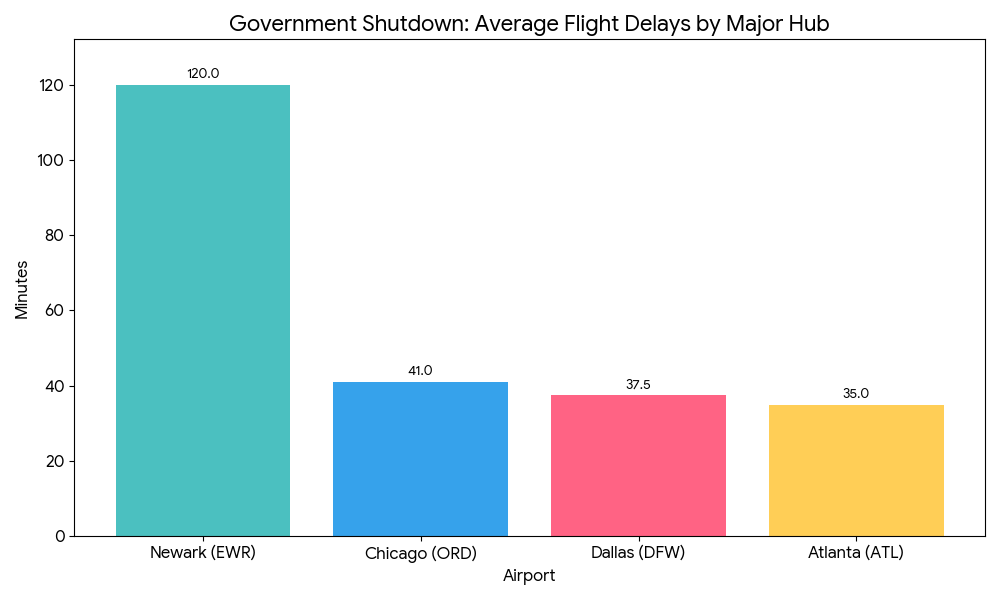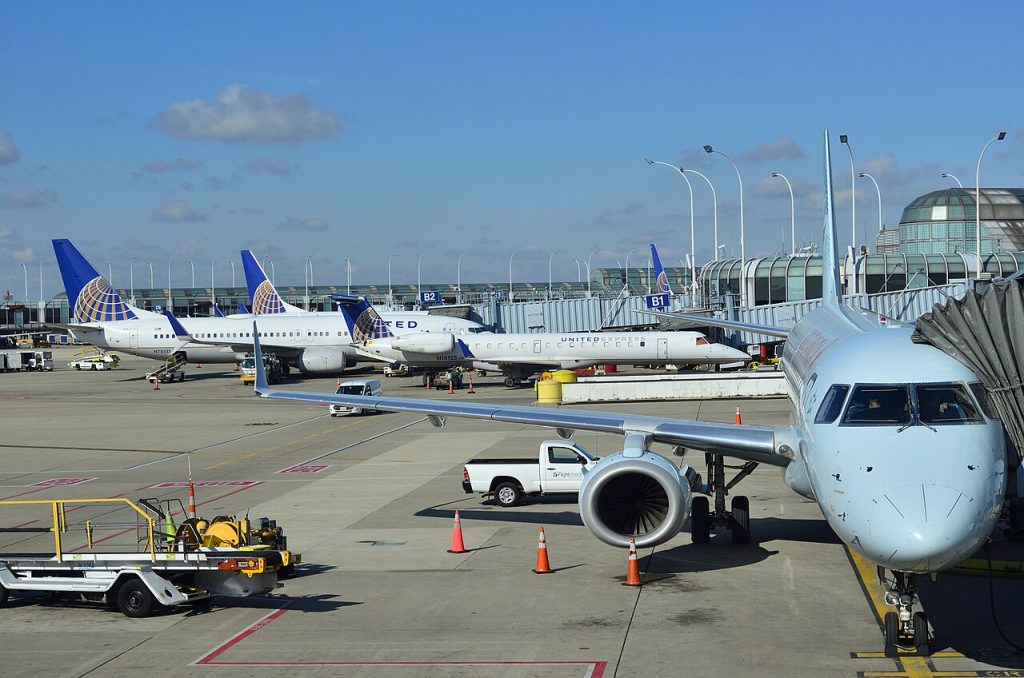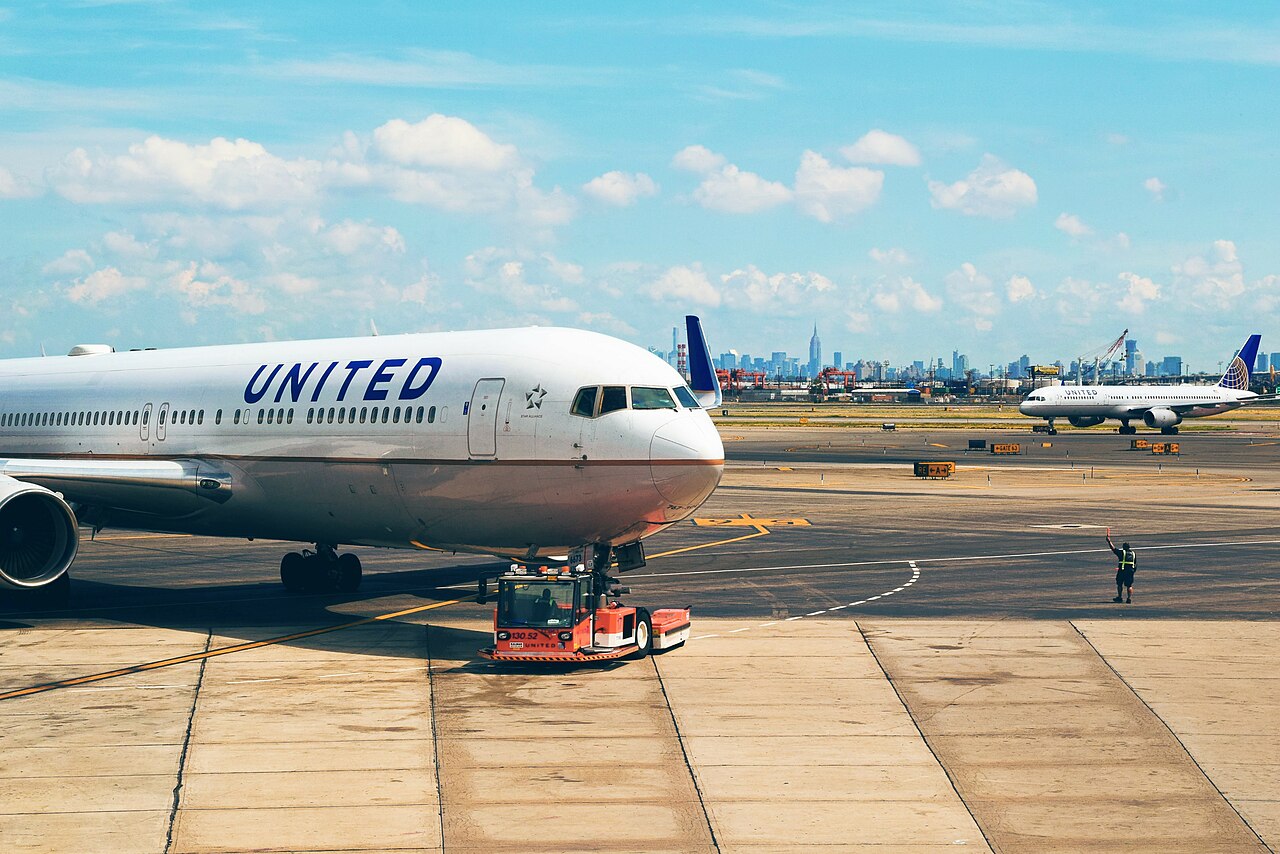The FAA issued a stark warning late Sunday, revealing how a 19-day U.S. government shutdown is causing air traffic control staffing shortages that have delayed flights at key hubs including Dallas, Chicago, Atlanta, and Newark.
When you add airline system pauses and federal closures to the mix, the result becomes clear: 320 cancellations and up to 5,300 delays nationwide. Let’s break it all down in simple terms.
What Caused These Air Traffic Delays?
The crisis stems directly from air traffic control staffing shortages that have left the FAA short about 3,500 controllers out of the 14,000 it needs nationwide.
Although this problem existed before the shutdown, it exploded into full view on October 19 because controllers are now working without pay. This has led to more sick days driven by financial stress on these essential workers.

Transportation Secretary Sean Duffy confirmed the situation in a statement. “We’re seeing a slight uptick in absences, and that extra strain is really testing our entire system.”
Meanwhile, the National Air Traffic Controllers Association (NATCA) has described the staffing levels as “critical.” It warns that even small absences can push operations to the breaking point.
Compounding these challenges are two other key factors:
Airline system pauses have seen carriers like American, United, and Delta voluntarily halted departures for brief periods to prioritize safety.
Federal closures have furloughed over 11,000 FAA and TSA staff, forcing some towers to close entirely. As a result, the FAA’s “staffing triggers” activated automatically, slowing arrivals and departures just enough to prevent controllers from becoming overwhelmed.
Which Airports Are Hit Hardest?
Four major airports are facing the worst of these air traffic delays, with each dealing with unique but severe challenges:

These four aren’t dealing with the problems alone, however—airports like Houston, Nashville, Philadelphia, and more are reporting similar chaos across the network. For instance, on October 6, Burbank’s entire tower had to shut down for several hours!
Nationwide Impact: 320 Cancellations, 5,300 Delays
Sunday’s toll was especially heavy: 320 flights canceled according to FAA and FlightAware data, alongside 5,300 delays that affected roughly one in every four flights operating across the U.S.
Since the shutdown began on October 1, the cumulative total has climbed past 50,000 delays, leaving passengers to endure longer waits at gates and TSA checkpoints while missed connections continue to pile up.

Airlines are urging everyone to remain patient, with Airlines for America emphasizing: “Safety always comes first in these situations.”
As of October 20, Chicago and Newark are still lagging the most in recovery efforts, and unfortunately, there’s no quick fix in sight while the shutdown continues to drag on.
Congress is debating aviation funding right now to help hire more controllers and ease the pressure.
Safety is holding firm across the board, as the FAA continues to stress that these delays are designed to avoid risks rather than create them.
But will lawmakers finally step up? Bipartisan calls for action are growing louder by the day.
This shutdown has exposed some deep flaws in the U.S. air travel system that we can no longer ignore. Controllers deserve to be paid fairly for their vital work, and passengers deserve the reliability they’ve come to expect.

